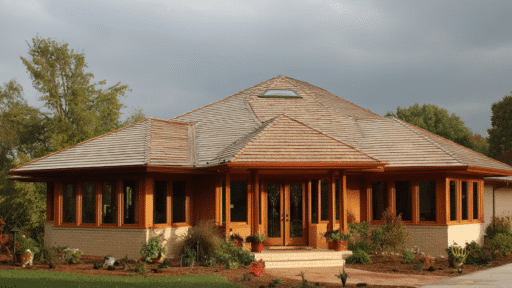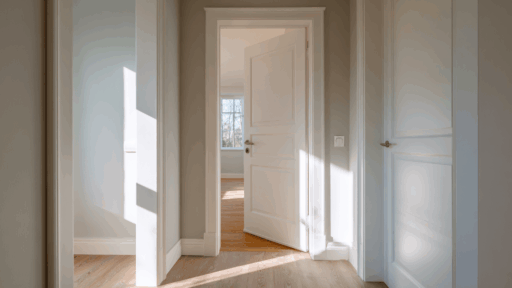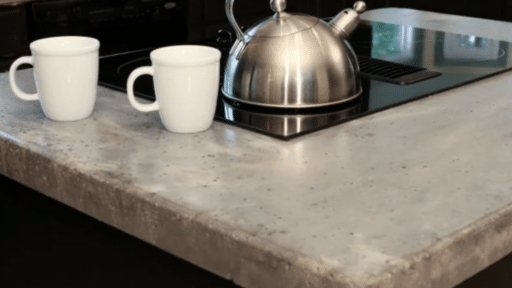For homeowners in Dayton, the decision to add a swimming pool represents more than just a backyard upgrade. It’s about creating a personal retreat, a gathering place for family and friends, and an investment that changes how people experience their own home. With summer temperatures climbing and outdoor living becoming a priority for many Ohio families, pools have shifted from luxury items to lifestyle essentials that serve multiple purposes throughout the warmer months.
The process of installing a pool involves careful planning, professional expertise, and realistic expectations about timelines and outcomes. Homeowners who approach the project with clear goals and a solid understanding of what’s involved tend to be the most satisfied with their results.
Understanding the Pool Installation Process
Installing a pool in Dayton requires coordination between homeowners, contractors, and often local permitting offices. The timeline typically spans several weeks to a few months, depending on the type of pool selected and site conditions. Most projects move through distinct phases: design consultation, site preparation, excavation, installation, and finishing work that includes decking and landscaping.
Spring often emerges as the ideal time to start a pool project in Ohio. Beginning construction in April or May means families can potentially enjoy their new pool by mid to late summer. However, some homeowners prefer to start even earlier or plan installations for fall completion, which allows them to skip the rush and be ready for the following season. A reputable swimming pool installation company in Dayton Ohio will discuss timing options based on their schedule and the homeowner’s priorities.
Weather plays a role in the process. Rain can delay excavation, and extreme temperatures affect certain materials during installation. Experienced contractors build buffer time into their schedules, but homeowners should remain flexible about completion dates.
Choosing the Right Pool Type
The choice between different pool types depends on budget, property characteristics, and personal preferences. Each option carries distinct advantages that appeal to different homeowners.
Fiberglass Pools
Fiberglass pools have gained considerable popularity in recent years due to their relatively quick installation and low maintenance requirements. These pools arrive as pre-manufactured shells that are set into an excavated hole, which significantly reduces construction time compared to other options. The smooth, non-porous surface resists algae growth and requires fewer chemicals to maintain water quality.
Homeowners appreciate that fiberglass pools can often be installed and ready for use within a few weeks rather than months. The shells come in various sizes and shapes, though customization is limited to what manufacturers offer. For families who want to swim sooner and spend less time on maintenance, fiberglass presents a practical solution.
Concrete and Vinyl Options
Concrete pools offer maximum customization. Designers can create virtually any shape, depth, or feature imaginable. These pools can incorporate beach entries, swim-up bars, attached spas, and intricate tile work. The trade-off comes in installation time and maintenance needs. Concrete pools require more chemical balancing and periodic resurfacing, typically every 10 to 15 years.
Vinyl liner pools provide a middle ground between cost and customization. They’re generally less expensive than concrete and offer more shape flexibility than fiberglass. The liners need replacement every 7 to 10 years, but the material feels smooth and comes in numerous patterns and colors.
Design Options to Consider
Smart pool design accounts for how the space will actually be used. Families with young children often prioritize shallow areas and gradual entries. Fitness enthusiasts may want lap lanes or resistance jets. Social gatherers might value a larger shallow area for mingling or integrated seating.
The relationship between the pool and the existing house matters significantly. Sight lines from main living areas, proximity to the kitchen for outdoor entertaining, and access points all affect how much the pool gets used. Pools tucked away in a far corner of the yard often see less activity than those positioned as natural extensions of the indoor living space.
Decking material choices influence both aesthetics and functionality. Concrete, pavers, natural stone, and composite materials each have pros and cons regarding heat retention, slip resistance, and maintenance. In Dayton’s climate, materials need to withstand freeze-thaw cycles without cracking or shifting.
The Reality of Pool Ownership
Owning a pool means taking on regular maintenance tasks and some ongoing costs. Weekly responsibilities include checking water chemistry, cleaning the surface, and emptying skimmer baskets. Many homeowners find these tasks take 30 minutes to an hour per week once they establish a routine.
Water chemistry isn’t as complicated as it might seem initially. Test strips or digital testers provide quick readings, and adjustments usually involve adding small amounts of chemicals. Some owners invest in automatic chemical feeders or saltwater systems that reduce manual intervention.
Energy costs vary based on pool size, pump efficiency, and whether the pool is heated. Running a pump several hours daily is necessary for proper circulation and filtration. Newer variable-speed pumps use significantly less electricity than older single-speed models and often pay for themselves in energy savings over a few years.
Winter closing involves draining lines, adding antifreeze to plumbing, covering the pool, and sometimes removing certain equipment. Spring opening reverses the process. Some homeowners handle this themselves, while others hire services to manage seasonal transitions.
Finding the Right Installation Company
The swimming pool installation company in Dayton Ohio that a homeowner chooses will largely determine the experience and outcome. Established companies bring experience with local soil conditions, permit requirements, and climate considerations specific to the area.
Homeowners should ask potential contractors about their installation process, warranties, and previous projects. Seeing completed pools in person, if possible, provides better insight than photos alone. References from recent customers offer valuable perspectives on communication, problem-solving, and whether the company honors its commitments.
Licensed and insured contractors protect homeowners from liability and ensure work meets local codes. Permits aren’t just bureaucratic requirements but verify that installations meet safety standards for depth, fencing, electrical work, and drainage.
Planning for Long Term Enjoyment
Pools change how families spend time at home. Weekends that might have involved driving to public pools or lakes become backyard occasions. Evenings offer a chance to swim after work or relax by the water. Having a pool often means hosting more gatherings, as friends and extended family naturally gravitate to homes with pools during warm weather.
Children who grow up with pools tend to become strong swimmers, gaining confidence and skills that serve them throughout life. Parents appreciate being able to supervise water activities in a controlled environment rather than navigating crowded public facilities.
The investment in a pool also affects property value, though the return varies by neighborhood and market conditions. In areas where pools are common, having one keeps a home competitive with comparable properties. In neighborhoods where few homes have pools, one might make a property stand out to certain buyers while potentially limiting appeal to others.
Making the Decision
Adding a pool represents a significant commitment of resources and attention. Homeowners who enjoy outdoor living, have children or grandchildren, or simply want to create a personal oasis often find the investment worthwhile. The key lies in entering the project with realistic expectations about costs, maintenance, and how the pool will fit into daily life.
Working with experienced professionals who understand local conditions and communicate clearly makes the process smoother. From initial design through the first swim, the right team helps transform a vision into a functional, enjoyable addition to the home.
For Dayton residents ready to take the next step, researching options and consulting with qualified installers provides the foundation for a successful project. A well planned pool becomes more than just a water feature. It becomes a central part of home life, a place where memories are made, and a space that brings people together throughout Ohio’s warm seasons.








